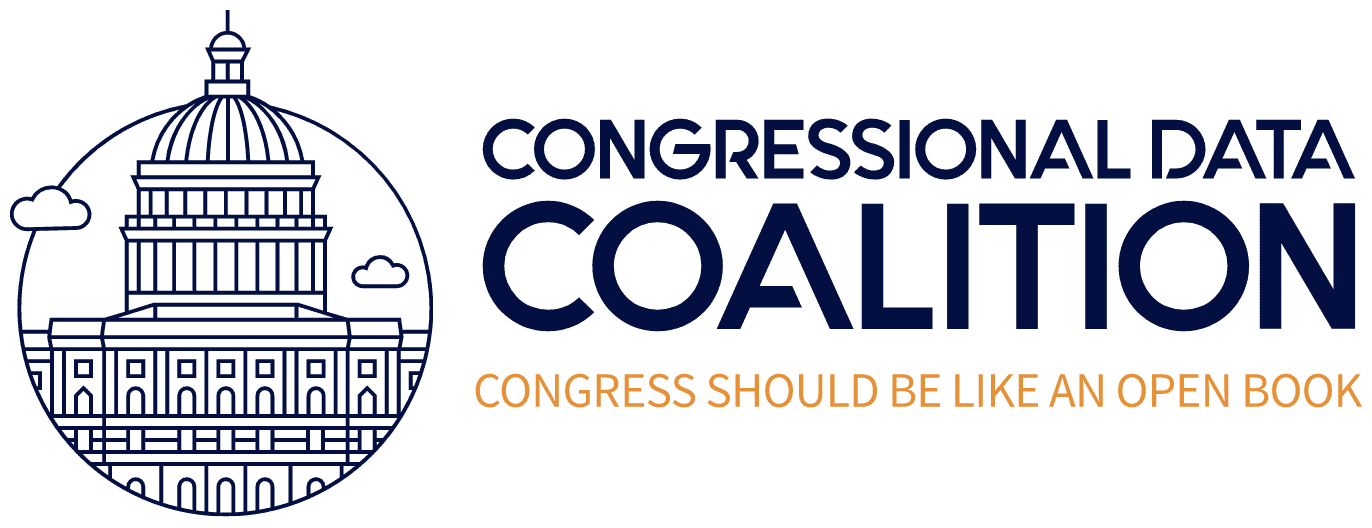(Crossposted from R Street)
The Federation of American Scientists recently posted a copy of a report titled, “Major Disaster Declarations for Snow Assistance and Severe Winter Storms: An Overview.” The document was produced by the Congressional Research Service, an agency where I worked for a decade. The report is fascinating on a few counts.
First, it likely will come as news to much of America that the U.S. government provides funds to localities clobbered by blizzards. The Federal Emergency Management Agency administers aid for both “snow assistance” and for “severe winter storms.” What’s the difference? The report explains:
“According to FEMA, a snowstorm is an event in which a state has record or near-record snowfall in one or more counties that overwhelms the capability of state and local government to respond to the event. Severe winter storms, on the other hand, are events that occur during the winter season that include one or more of the following conditions: snow, ice, high winds, blizzard conditions, and other winter conditions that cause substantial physical damage or property loss.”
The CRS report finds that $2.7 billion in federal aid was provided over the past five years, most of it going to help cover the cost of debris removal, infrastructure repair, and, yes, snow removal. This isnot a new policy unleashed by an activist Obama Administration—in fact, it is carried out consequent to the Stafford Act (42 U.S.C. 5122), a four-decade old statute. As another CRS reportnotes, a century ago, the feds had no role in disaster response and recovery. It was purely a local matter. But, bit by bit, the responsibility for disaster response and recovery has shifted from states and localities to the feds.
This snow aid report also is noteworthy because it illustrates a basic truth that is not widely accepted: governance is incredibly complicated. Too often, one hears it said that anyone with good horse sense can stride in Congress and begin governing well. In truth, governance, particularly in the 21st century, is fantastically complex. The federal government is a multi-trillion dollar conglomerate, undertaking an incredible number of activities. To be an effective legislator or congressional staffer who can make smart policy, one needs an immense amount of schooling in the nuts-and-bolts of government works. And as this report illustrates, that is a major role of the Congressional Research Service. This report walks the reader through the basics, explaining what the policy is, what it costs, and how it is administered.
Which leads to a final observation. Nowhere else on the Internet can one find this information in one document. This report became available to the public only because FAS, a private organization, has friends on the Hill. FAS, commendably, publicly shares whatever CRS reports it can get, which is a real benefit. Currently, CRS is not allowed to share its reports with the public, and Congress itself does not post them on Congress.gov. Congress should share these reports with the public. The public would benefit from free access to these nonpartisan, objective documents. CRS reports help Members of Congress better do their jobs, and they can help the public better understand the government that is to serve them.
